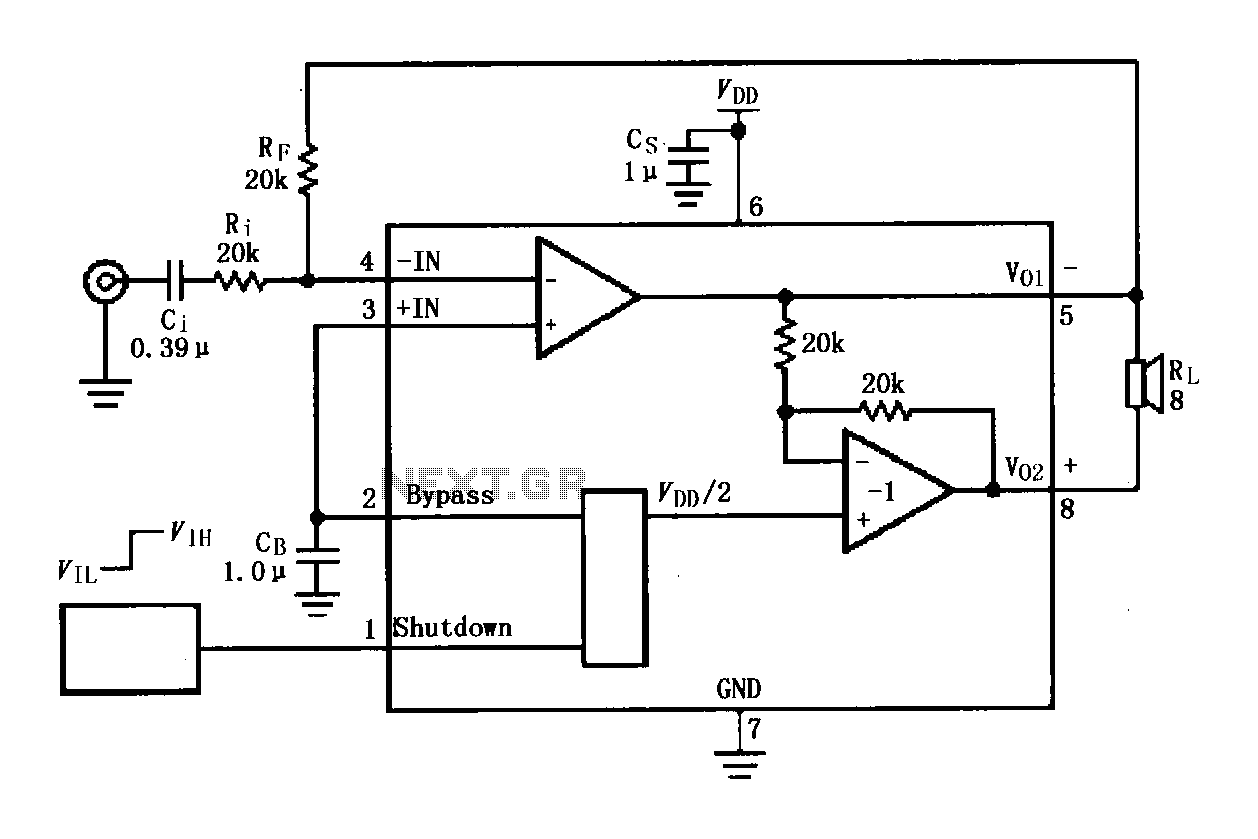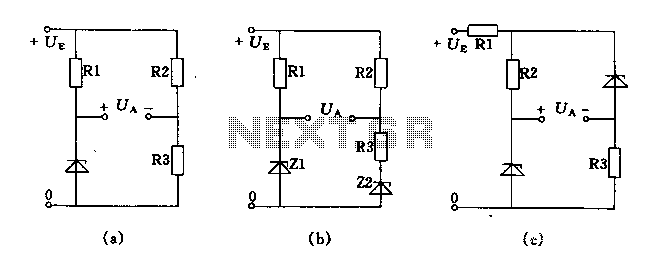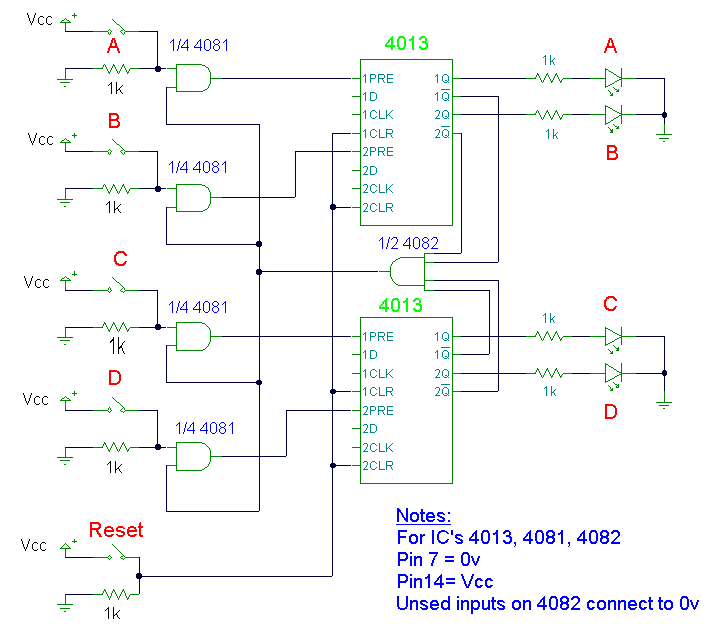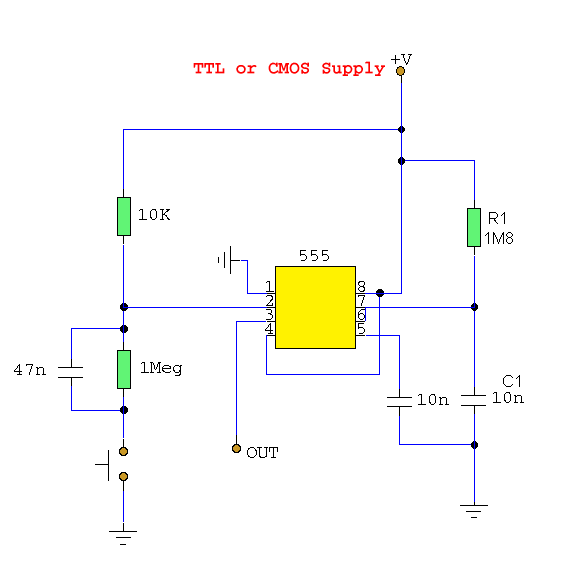
LM4819 audio power amplifier circuit

The LM4819 audio power amplifier is designed to amplify audio signals. An audio signal is input through the coupling capacitor (Ci) and the resistor (Ri) applied to the inverting input terminal (pin 3) of the amplifier. The inverting input terminal (pin 3) is also considered AC ground. The amplified output signal is available at pin 5, which can be connected to an indirect load, such as a speaker, forming the inverter power amplifier circuit. To prevent shutdown current, the shutdown pin (pin 1) must be connected to VDD (for OFF state) or ground (for full power state); the shutdown pin should not be left unconnected.
The LM4819 audio power amplifier is a low-voltage, high-performance device ideal for portable audio applications. The input stage utilizes a coupling capacitor (Ci) to block DC offset from the audio signal, ensuring that only AC components are amplified. The resistor (Ri) serves to set the input impedance and can influence the gain of the amplifier depending on its value.
The inverting input terminal (pin 3) is referenced to AC ground, which helps maintain stability and proper operation of the amplifier. The output stage, available at pin 5, is capable of driving various loads, including speakers and other audio transducers. Care should be taken to ensure that the load connected to the output does not exceed the amplifier's specifications to prevent distortion or damage.
The shutdown feature, controlled by pin 1, allows for power management in applications where battery life is critical. By connecting this pin to VDD, the amplifier enters a low-power OFF state, effectively reducing power consumption when the audio output is not needed. Conversely, connecting the shutdown pin to ground enables full power operation, allowing the amplifier to deliver maximum output to the load. It is essential to avoid leaving the shutdown pin unconnected, as this may lead to unpredictable behavior or excessive current draw.
Overall, the LM4819 provides a robust solution for audio amplification in compact electronic designs, with features that enhance usability and efficiency. Proper implementation of the input and shutdown configurations is crucial for optimal performance in various applications.As shown for the LM4819 audio power amplifier. An audio signal input through Ci, Ri coupling applied to the amplifier inverting input terminal (4 feet), and the amplifier inverting input terminal (pin 3) is AC ground, the amplified signal from the output of 5,8 feet. 5,8 feet of indirect load, such as a speaker, thereby constituting the inverter power amplifier circuit. To avoid shutdown current, Shutdown feet (1 foot) should be connected to VDD (OFF state) or ground (full power state), Shutdown feet do not suspended).
The LM4819 audio power amplifier is a low-voltage, high-performance device ideal for portable audio applications. The input stage utilizes a coupling capacitor (Ci) to block DC offset from the audio signal, ensuring that only AC components are amplified. The resistor (Ri) serves to set the input impedance and can influence the gain of the amplifier depending on its value.
The inverting input terminal (pin 3) is referenced to AC ground, which helps maintain stability and proper operation of the amplifier. The output stage, available at pin 5, is capable of driving various loads, including speakers and other audio transducers. Care should be taken to ensure that the load connected to the output does not exceed the amplifier's specifications to prevent distortion or damage.
The shutdown feature, controlled by pin 1, allows for power management in applications where battery life is critical. By connecting this pin to VDD, the amplifier enters a low-power OFF state, effectively reducing power consumption when the audio output is not needed. Conversely, connecting the shutdown pin to ground enables full power operation, allowing the amplifier to deliver maximum output to the load. It is essential to avoid leaving the shutdown pin unconnected, as this may lead to unpredictable behavior or excessive current draw.
Overall, the LM4819 provides a robust solution for audio amplification in compact electronic designs, with features that enhance usability and efficiency. Proper implementation of the input and shutdown configurations is crucial for optimal performance in various applications.As shown for the LM4819 audio power amplifier. An audio signal input through Ci, Ri coupling applied to the amplifier inverting input terminal (4 feet), and the amplifier inverting input terminal (pin 3) is AC ground, the amplified signal from the output of 5,8 feet. 5,8 feet of indirect load, such as a speaker, thereby constituting the inverter power amplifier circuit. To avoid shutdown current, Shutdown feet (1 foot) should be connected to VDD (OFF state) or ground (full power state), Shutdown feet do not suspended).





